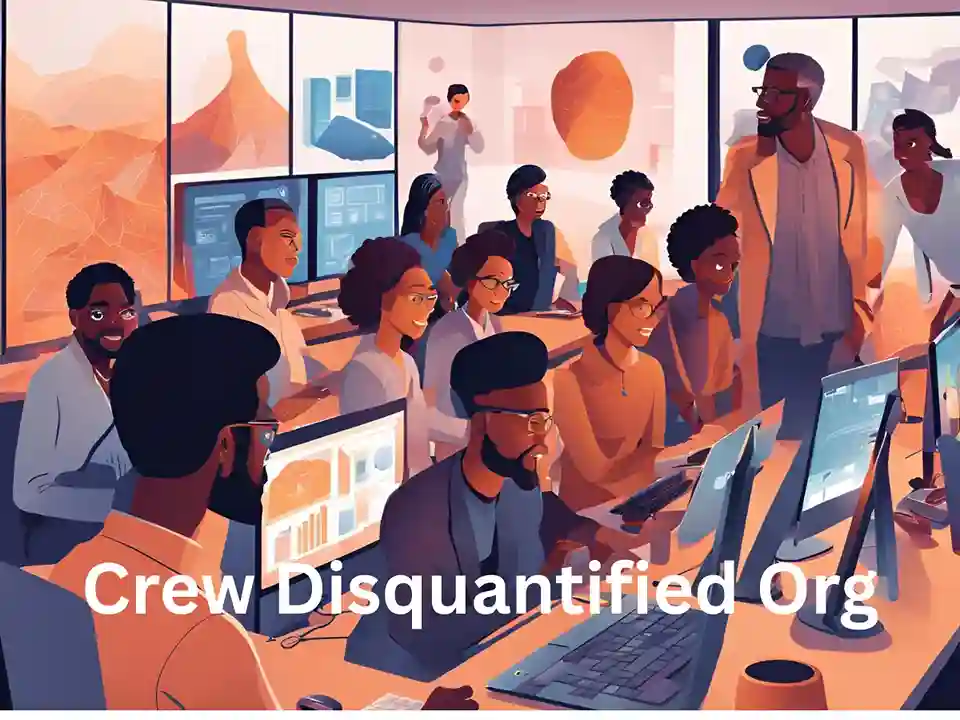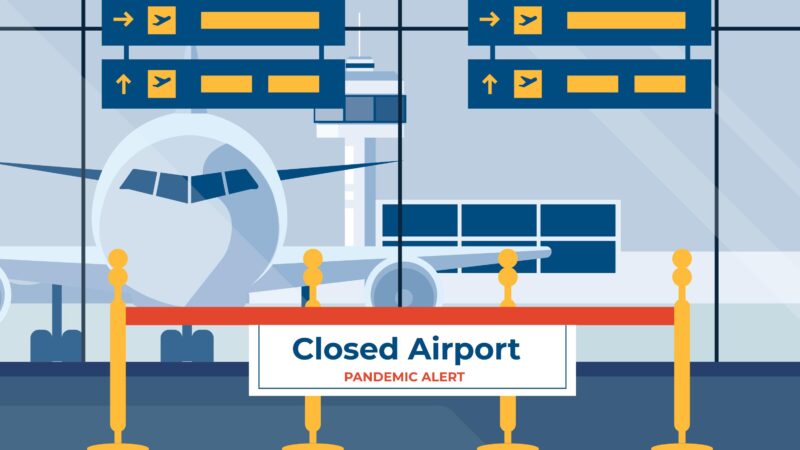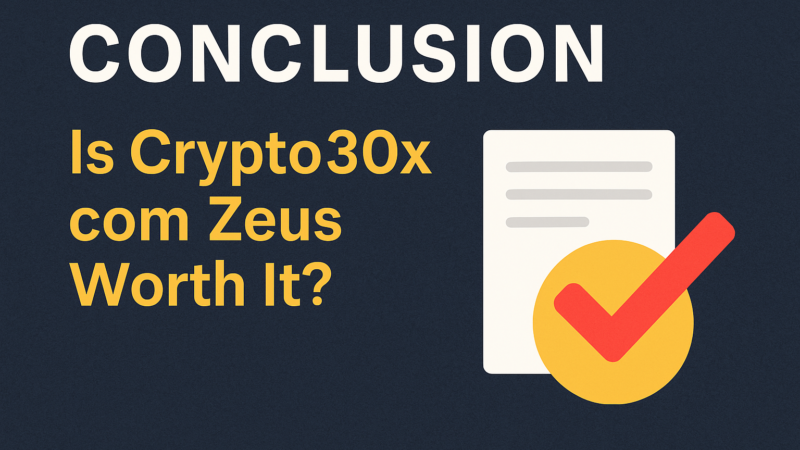Crew Disquantified Org: The Future of Work is Here in 2025

In an era where traditional organizational structures are being challenged by the rise of remote work, decentralized teams, and digital collaboration, the concept of Crew Disquantified Org emerges as a revolutionary approach to redefining how teams operate and thrive.
This article delves into the essence of Crew Disquantified Org, its principles, benefits, challenges, and its potential to reshape the future of work.
What is Crew Disquantified Org?
Crew Disquantified Org is a modern organizational model that prioritizes flexibility, autonomy, and purpose over rigid hierarchies and quantifiable metrics. The term “disquantified” refers to the shift away from traditional performance metrics (such as hours worked, output quotas, or rigid KPIs) and toward a focus on qualitative outcomes, collaboration, and individual growth.
At its core, a Crew Disquantified Org is a network of self-organizing teams (or “crews”) that operate with a high degree of independence, leveraging technology and shared values to achieve collective goals. Unlike traditional organizations, where roles are fixed and decision-making is centralized, this model emphasizes adaptability, creativity, and trust.
Key Principles of Crew Disquantified Org
- Autonomy and Empowerment
Crews are given the freedom to make decisions and manage their workflows without micromanagement. This fosters a sense of ownership and accountability among team members. - Focus on Purpose, Not Metrics
Instead of measuring success through traditional KPIs, Crew Disquantified Orgs prioritize purpose-driven outcomes. Teams align around a shared mission, and success is evaluated based on impact rather than numbers. - Decentralized Leadership
Leadership is distributed across the crew, with individuals stepping into leadership roles as needed. This fluid structure allows for dynamic problem-solving and innovation. - Technology-Driven Collaboration
Digital tools and platforms are central to the functioning of a Crew Disquantified Org. From project management software to communication apps, technology enables seamless collaboration across geographies and time zones. - Continuous Learning and Adaptation
Crews are encouraged to experiment, learn from failures, and adapt quickly. This iterative approach ensures that the organization remains agile in a rapidly changing world.
Benefits of Crew Disquantified Org
- Enhanced Creativity and Innovation
By removing rigid structures and metrics, Crew Disquantified Orgs create an environment where creativity can flourish. Team members are free to explore new ideas and approaches without fear of failure. - Improved Employee Satisfaction
Autonomy and purpose are key drivers of employee engagement. When individuals feel trusted and valued, they are more likely to be motivated and committed to their work. - Greater Flexibility
This model is particularly well-suited to remote and hybrid work environments. Crews can operate effectively regardless of physical location, making it easier to attract top talent from around the world. - Resilience and Adaptability
Decentralized decision-making and a focus on learning enable Crew Disquantified Orgs to respond quickly to challenges and changes in the market. - Stronger Collaboration
With an emphasis on shared purpose and trust, crews often develop deeper connections and a stronger sense of camaraderie than in traditional organizations.
Challenges of Crew Disquantified Org
- Defining Success Without Metrics
Shifting away from quantifiable metrics can make it difficult to evaluate performance and progress. Organizations must find new ways to measure impact and ensure alignment with goals. - Maintaining Accountability
Autonomy can sometimes lead to a lack of accountability if not managed properly. Clear communication and shared values are essential to prevent this. - Overcoming Resistance to Change
Traditional organizations may struggle to adopt this model due to entrenched hierarchies and mindsets. Transitioning to a Crew Disquantified Org requires a cultural shift and strong leadership. - Balancing Flexibility with Structure
While flexibility is a strength, too much of it can lead to chaos. Crews need some level of structure to ensure cohesion and productivity.
Real-World Applications
While the concept of Crew Disquantified Org is still emerging, several organizations and movements embody its principles:
- Open-Source Communities
Projects like Linux and Wikipedia operate on decentralized, purpose-driven models, with contributors collaborating across the globe. - Remote-First Companies
Companies like GitLab and Basecamp have embraced remote work and decentralized decision-making, prioritizing outcomes over hours worked. - Agile and Scrum Teams
Many tech companies use agile methodologies, which share similarities with the Crew Disquantified Org model, such as self-organizing teams and iterative progress.
The Future of Crew Disquantified Org
As the world of work continues to evolve, the principles of Crew Disquantified Org are likely to gain traction. Organizations that embrace this model will be better equipped to navigate the complexities of the digital age, attract top talent, and drive meaningful innovation. However, success will depend on their ability to balance autonomy with accountability, purpose with progress, and flexibility with structure.
In a world where traditional metrics often fail to capture the true value of work, Crew Disquantified Org offers a refreshing alternative—one that prioritizes human potential, collaboration, and purpose above all else. It’s not just a new way of working; it’s a new way of thinking about what work can be.
Conclusion
Crew Disquantified Org represents a bold reimagining of organizational design, challenging the status quo and offering a path toward more meaningful and effective collaboration. By focusing on autonomy, purpose, and adaptability, this model has the potential to unlock new levels of creativity, engagement, and resilience in the workplace. As more organizations explore this approach, we may witness a profound shift in how we define success and achieve it together.






